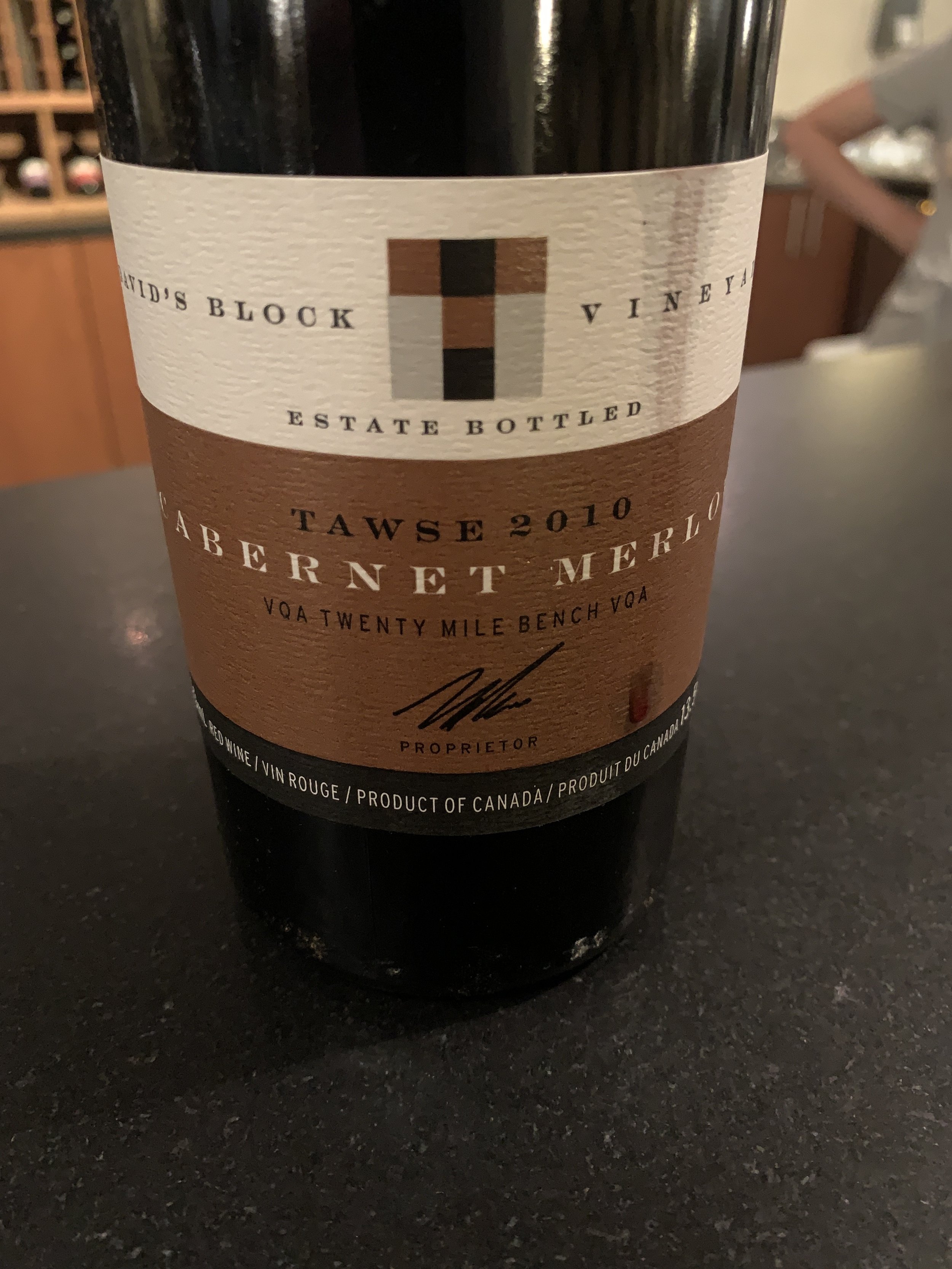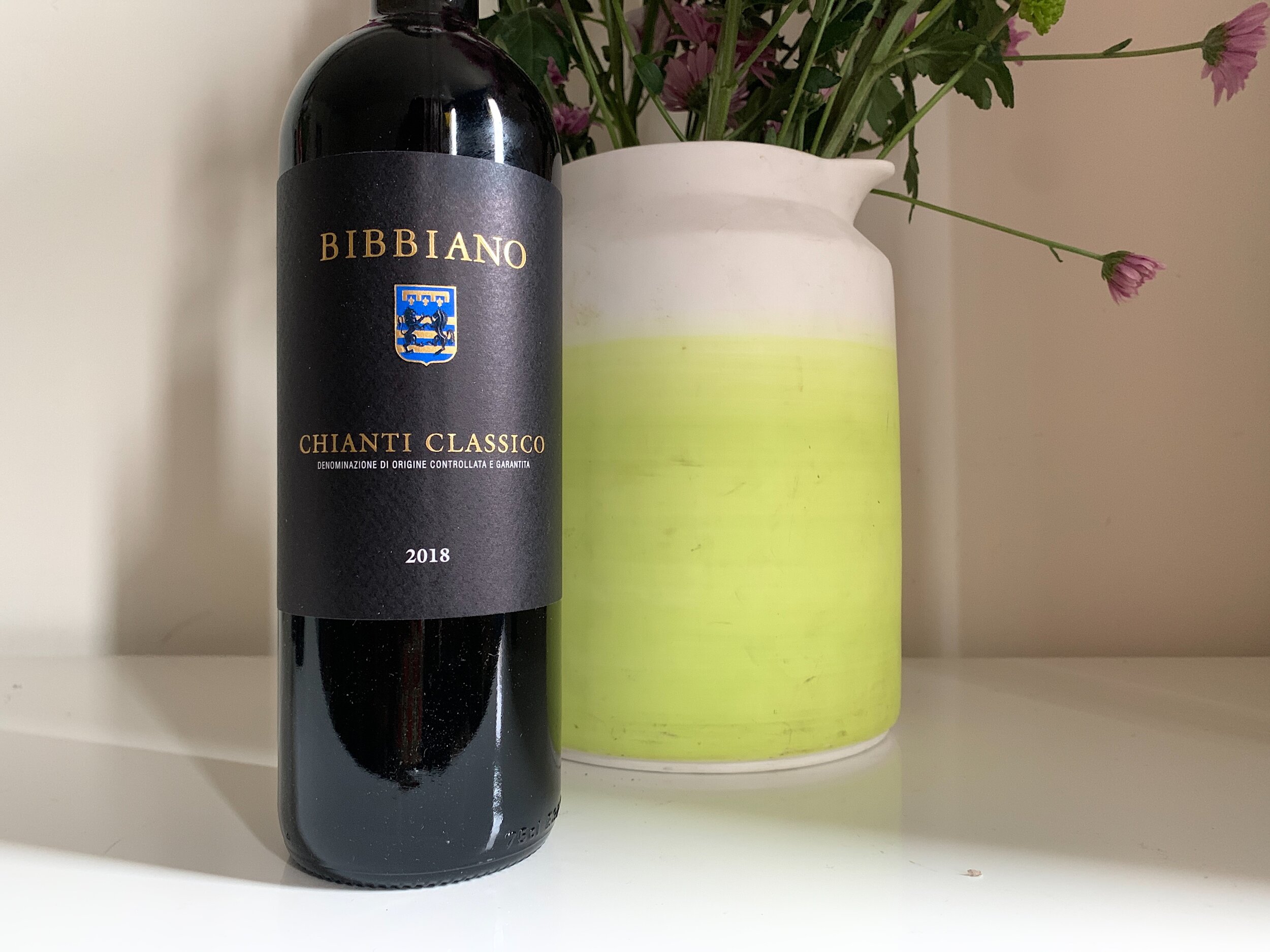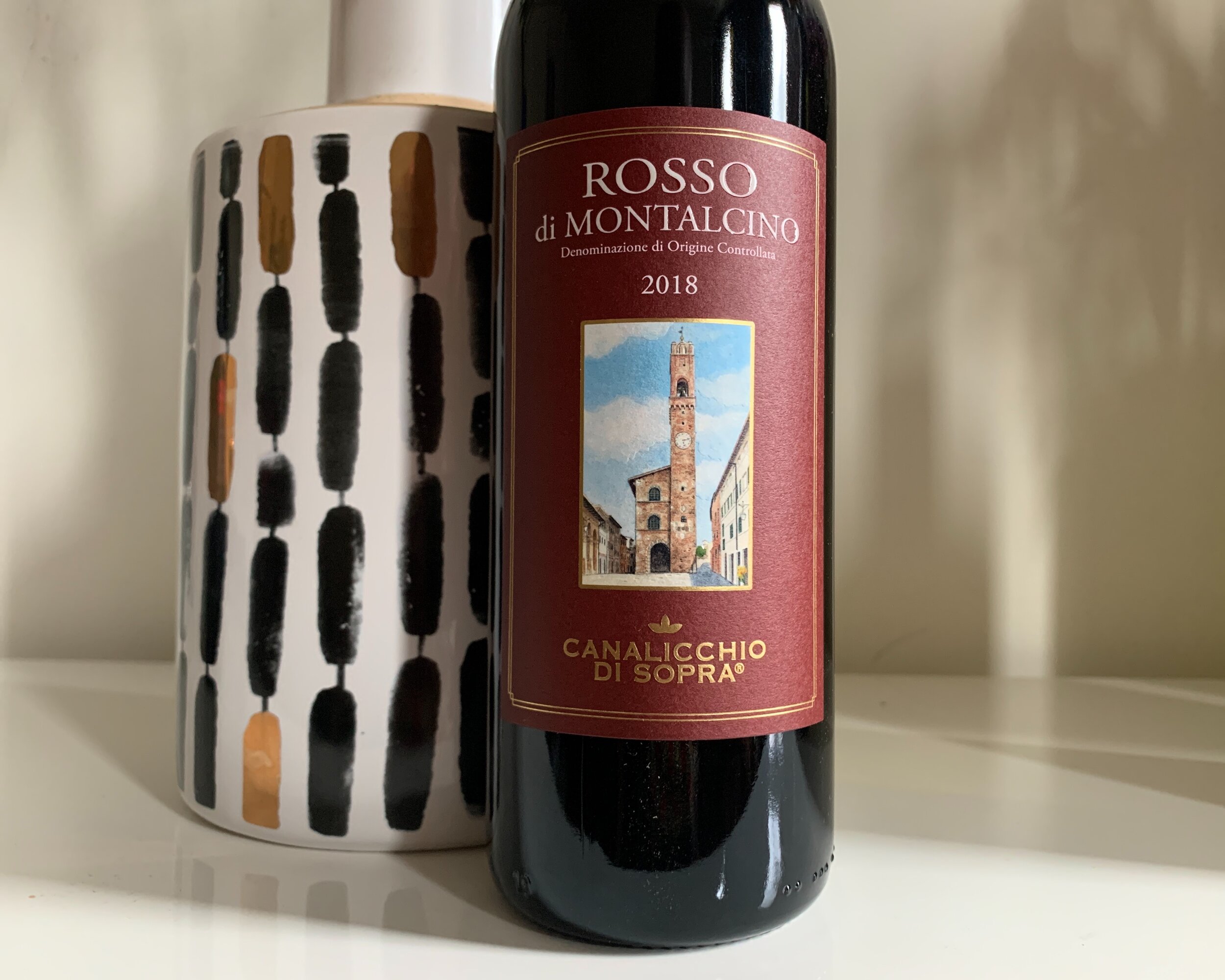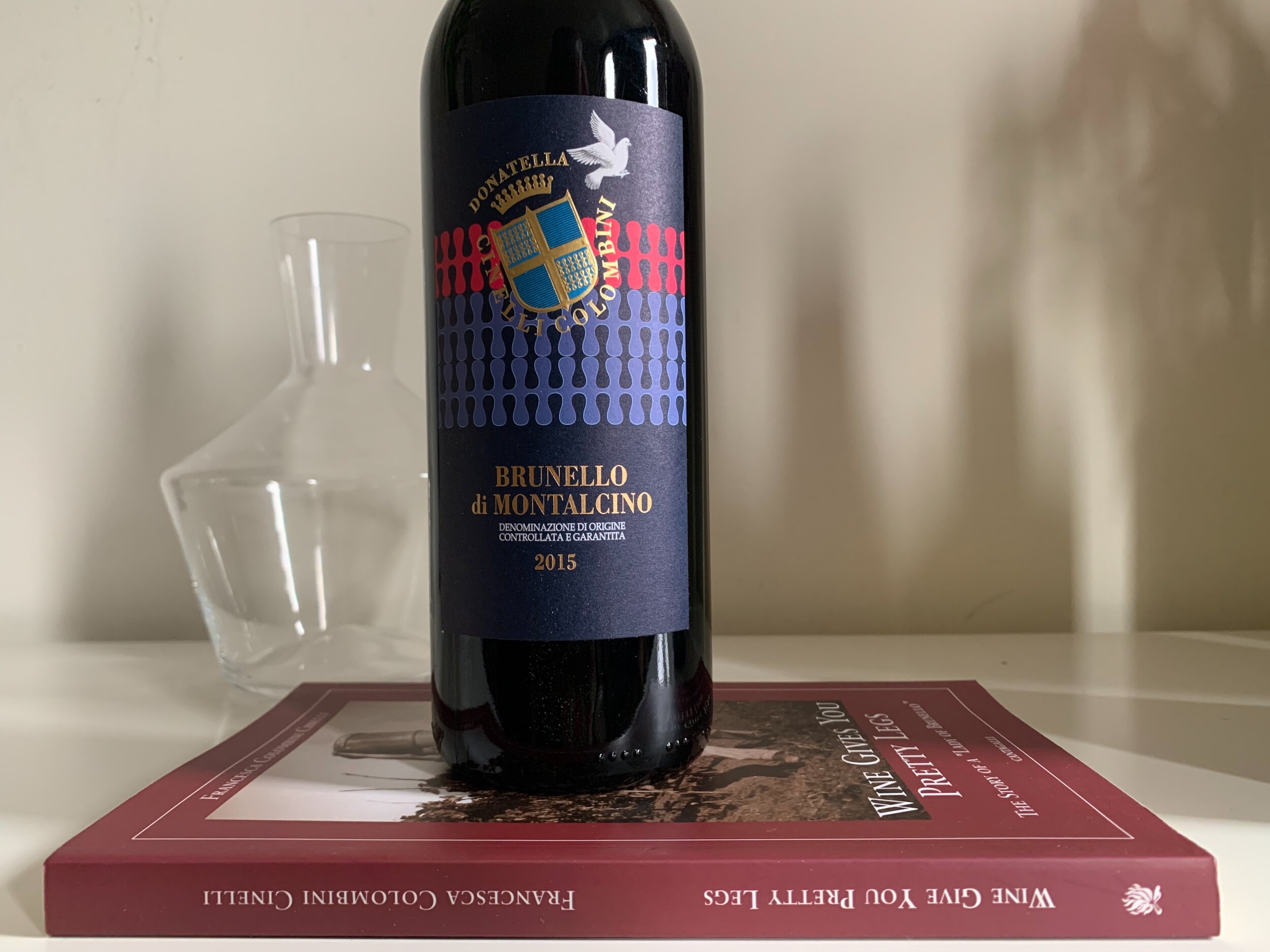On the eve of the next Parcelle Salon Sessions, we focus on Nebbiolo. Italy’s most prestigious and renowned wines are in my mind coming from Barolo, Barbaresco and Roero. The natural home vineyards for the great Nebbiolo.
Below some simple tastings notes, as I dive back into to sharing messages in a bottle and arc of flavours with some of the first wines I engaged with on my first ever wine trip, some time ago, to Barolo, Barbaresco and Roero.
Burlotto Langhe DOC 2023
Transluscent ruby in colour, with a gentle fragrant nose of rose, cherry and rhubarb. The wines of Burlotto at the Langhe Nebbiolo level far famed for their light finesse and dancer like energy. The wine does not let us down, with a deeper tart ripe raspberry, white strawberry core on middle palate framed by lite-brite acidy. Fine boned tannin frame the flavour experience, with a pleasant bright summer in the morning finish.
Valfaccenda Roero DOCG 2021
The Valfacennda flagship wine sourced from organic and practicing biodynamic vineyards presents a picture of Roero the way I remembered my first ever trip to Piemonte was atop the hills or Montestefano Roero. Sandy soils, vineyards exposed to the warmth of the sun give way to just ripe notes of raspberry, strawberry and citrus tinged candy. To taste reveals ripe red berry fruit, with fine chalky texture on the palate. Pleasing, full-ish and warm. Roero Nebbiolo that keeps reminding one that this appellation is home to ready and engaging Nebbiolo wines.
Olek Bondonio Langhe Nebbiolo DOC 2020
The 200 year old farm house that is La Berchiallla, is the natural home to the Olek Bondonio wines. I met him on my second trip to Piemonte way back in 2013? A dinner prepared by his wife at Castello di Verduno introduced me to the wonderful work he does in Barbaresco. Riper and slight confected notes of red and black forest berry aroma, earth and truffle like tones give way to a complex palate of sultry red fruit leather, with integrated and fine tannin that allows one to enjoy the fruit of these old vine vineyards from cru Barbaresco Vineyards - Stardieri and Roncagliette.
Vietti ‘Perbacco’ Langhe Nebbiolo DOC 2019
If I recall this is the last vintage of Perbacco under the watchful eye of Luca Corrado, 4th generation of the Viettie-Corrado family that have managed to make Vietti Winery one of the icons of Piemonte in recent history. Perbacco is sourced from vineyards in communes of Novello and Castiglione Falletto. This is a wine that best defines what a ‘baby Barolo’ wine would be as it is made with the intention of being a Barolo, a Langhe Nebbiolo with a 3 year ageing process. Best barrels are selected and blended into a wine that is critiqued as being better than most other Barolo! Innovation becoming tradition. Riper and deeper, almost chocolate liquor red berry fruit tones - held in check by vibrant mineral framed aroma. The palate is fresh, vibrant, with lighter fruit at the core. Fine tannin allows for immediate drinkability.
Castello di Verduno ‘Monvigliero’ Barolo DOCG 2006
We come full circle. Some of the first Piemonte wines I had the pleasure of working with are those of Castello di Verduno. A cousin winery to Burlotto. Both based in Verduno commune for your information. Though style is slightly different despite being family and sourcing grapes from shared vineyards. This well evolved Barolo, perhaps just past it’s peak offers toasted notes of red and Black Forest fruit, a palate of evolved fruit notes, dried raspberry, green fig, chalky and bold tannin that would soften with a lengthy decant. This Monvigliero has bright earthy mineral to floral tone that is quite pleasing for wine of this age.
March 24th 2025




































